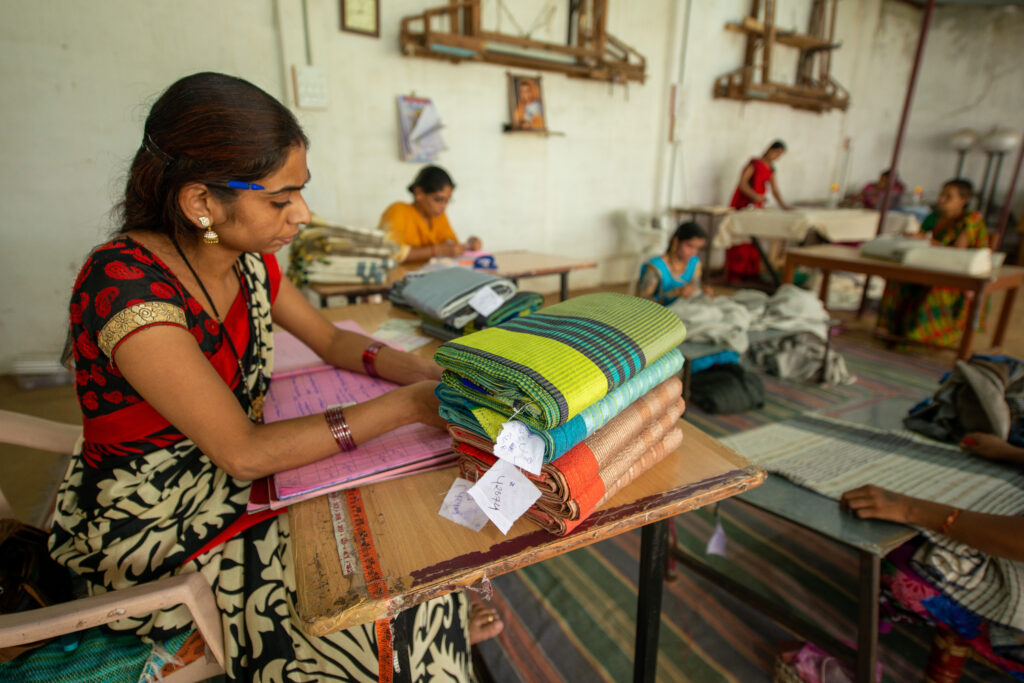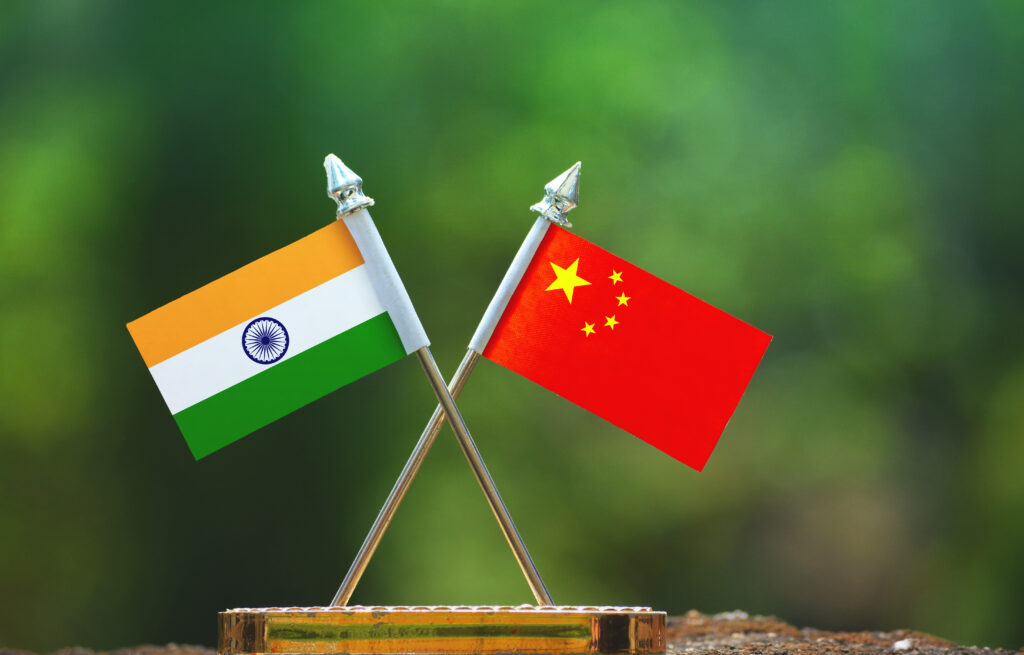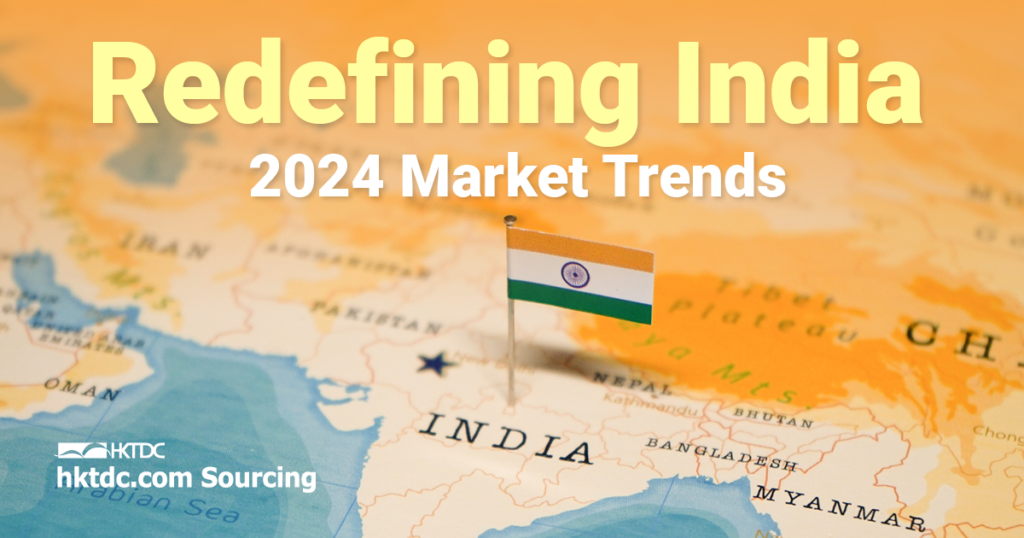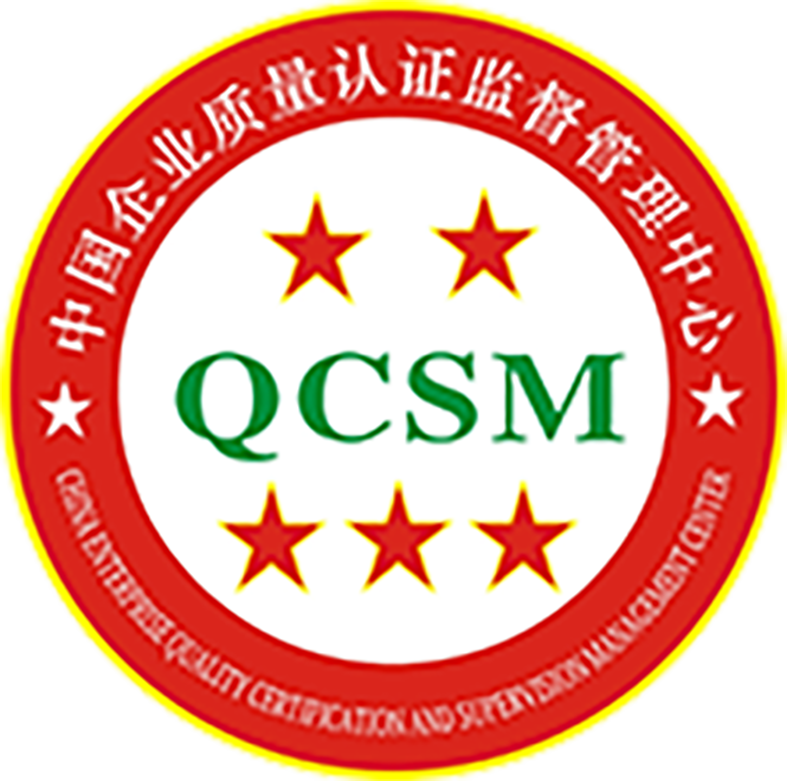India is becoming one of the world’s most populous countries, and with its rapid economic growth, the country is now also the world’s fifth-largest economy. Much of this is thanks to economic liberalization that began in 1991, which has enabled India to achieve an annual economic growth of over 7% in most years.
With a considerable country size, India has a highly diversified economy with numerous exports, including raw materials, iron and steel, and finished machinery. The country also provides service exports such as IT and customer experience services to various parts of the world. However, despite the country’s varied exports, India currently has an overall trade deficit brought by its uneven economic growth and severe income inequality. That being said, as the country continues to deepen its ties with the EU and UAE, the countries’ sourcing and trading markets are expected to improve in the near future.

Trends Shaping India’s Economy
India entered 2023 with a trade deficit of $151 billion in 2022. However, things are looking up for the country with its trade situation becoming far more favourable this year. For instance, in April to September of 2023, the trade deficit declined by nearly 50% compared to the previous year, attributing the change predominantly due to the changing balance of costs in India’s energy trade.
Trade Deficit Declines Thanks to Discounted Russian Oil
India is the world’s third-largest consumer of oil and petroleum products, and requires massive imports of these products to fuel its growing transportation sector. While Indian oil imports are almost the same in volume as they were the previous year, the cost of these imports has dropped from US$77 billion to US$52 billion. This is because India’s government has been willing to bypass Western sanctions related to the Ukraine War and buy Russian oil at a deeply discounted price. While this has resulted in criticism for the country, members of the Indian government have insisted that their actions constitute “A win-win for the global economy”.
However, these discounts in oil and petroleum products have steadily reduced as the war has gone on. Given the scale of Indian energy imports, this will likely slow improvements in India’s overall trade balance in the near future.
India’s Service Imports Closing Gap on Exports
One of India’s greatest assets in past decades has been its large population of English speakers. This asset has helped smooth over offshoring manufacturing and positively contributed to India’s services industry.
However, in 2023, India’s service imports grew considerably to reach 95% of the value of India’s service exports. The largest contributor to this trend was the growth of business, professional, and technical service imports. As of late 2023, the value of these service imports has grown close to US$50 billion. This trend is likely to continue, potentially making India an overall net importer of services in 2024.
“China Plus One” Diversification Strategies Help India
While India and Mainland China have both greatly expanded their manufacturing sectors due to outsourcing from western countries, Mainland China has steadily obtained the majority of market shares in the sector previously. In 2024, India is expected to capture a larger share of global manufacturing due to the “China Plus One” strategies adopted by many multinational firms.
After witnessing recent political and economic effects, many firms choose to adopt a “China Plus One” strategy to diversify their risks. This strategy leads firms to supplement or swap its primary manufacturing base in Mainland China with a second country, such as Vietnam or India. With the size of India’s existing manufacturing base, its growing skilled labour pool, and its large population of English speakers, many firms decide to choose India as their secondary option, while shifting their focus away from Mainland China.

International Partnerships On the Horizon
Coming forward, there are several major changes in the Indian trading landscape. For one, India and the EU have been moving closer to an extensive free trade deal that would liberalise trade and immigration. In addition, India has also been deepening its ties in a bilateral relationship with the United Arab Emirates in recent years – a trend that has seen substantial progress in the second half of 2023.
India – EU Free Trade Deal In the Works
In October 2023, updates continued to flow regarding the negotiations between India and the EU to establish a free trade deal. These updates indicated that though the two parties had encountered difficulties, they were nonetheless moving forward. Spanish Deputy Trade Minister, Xiana Mendez, came forward stating that EU member states are attempting to close a free trade deal with India once negotiations between the two parties have aligned.
A successful trade deal between these two parties will create new markets in India for European imports, especially for automobile and high-end food products. The agreement will also provide multiple benefits to the Indian service sector and help it to compete with nearshoring countries such as Eastern Europe which is a major competitor to India.
India and UAE Integrating Financial System
A major step forward for India and the UAE took place in 2022, when the Comprehensive Economic Partnership Agreement (CEPA) was signed. This agreement covered more than 15,000 tariff lines between the two countries and benefited the sales of Indian agricultural products, jewellery, pharmaceuticals, and electrical machinery.
In July 2023, these ties took another step forward with an agreement between the central banks of the India and UAE – signing a Memorandum of Understanding (MOU) which establishes trade between the two nations in their local currencies.
Read More:
August Trade: Major Events Recap
Toward the end of 2023, the two countries has signed another MOU which outlines several areas of further collaboration such as developing technology in areas such as aerospace and 4IR, as well as AI and robotics in the near future.

A Positive Prognosis for India in 2024
India has a bright economic future. Service industries are expected to continue booming and the outlook for manufacturing also appears positive. With India deepening its economic ties with various regions of the world, the country is exposed to a wide range of new import and export possibilities.
For any businesses looking to expand their business, using a professional sourcing platform that clearly understands the market such as HKTDC Sourcing can give a head start among competitors. Find our professionals and explore new opportunities today:
Contact us if you want to be part of HKTDC Sourcing, our e-Marketplace for global traders:















